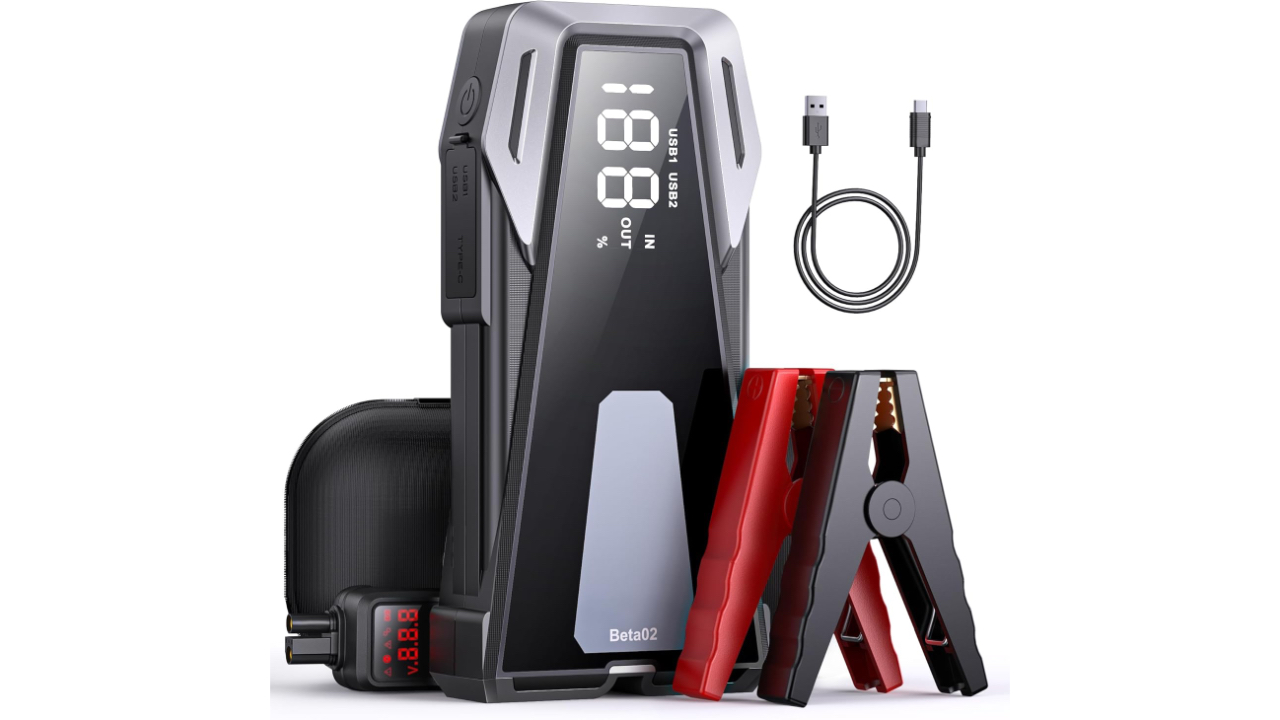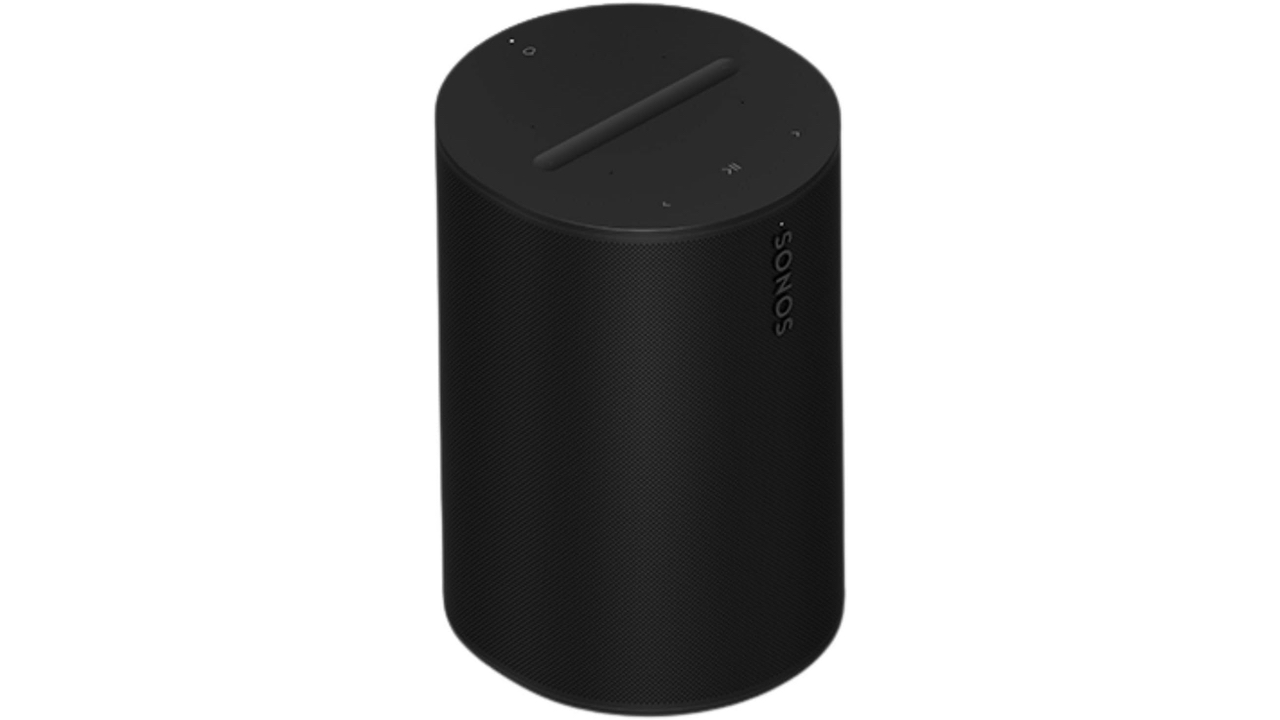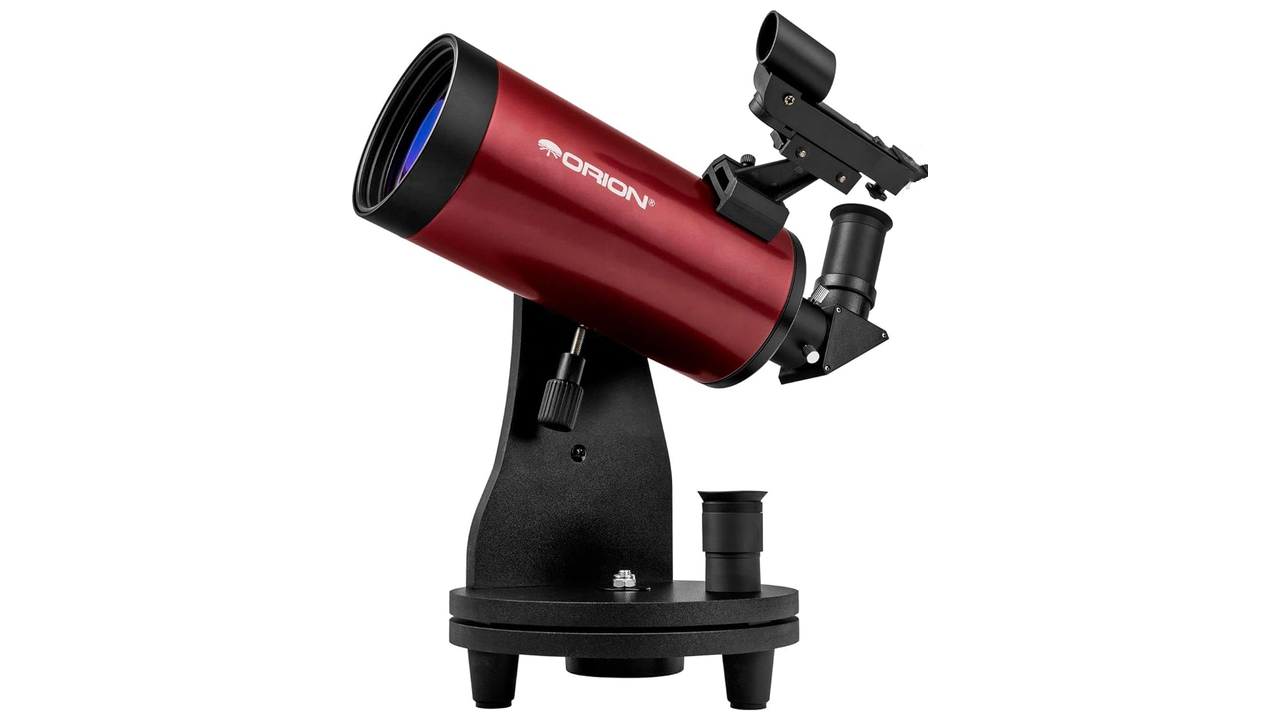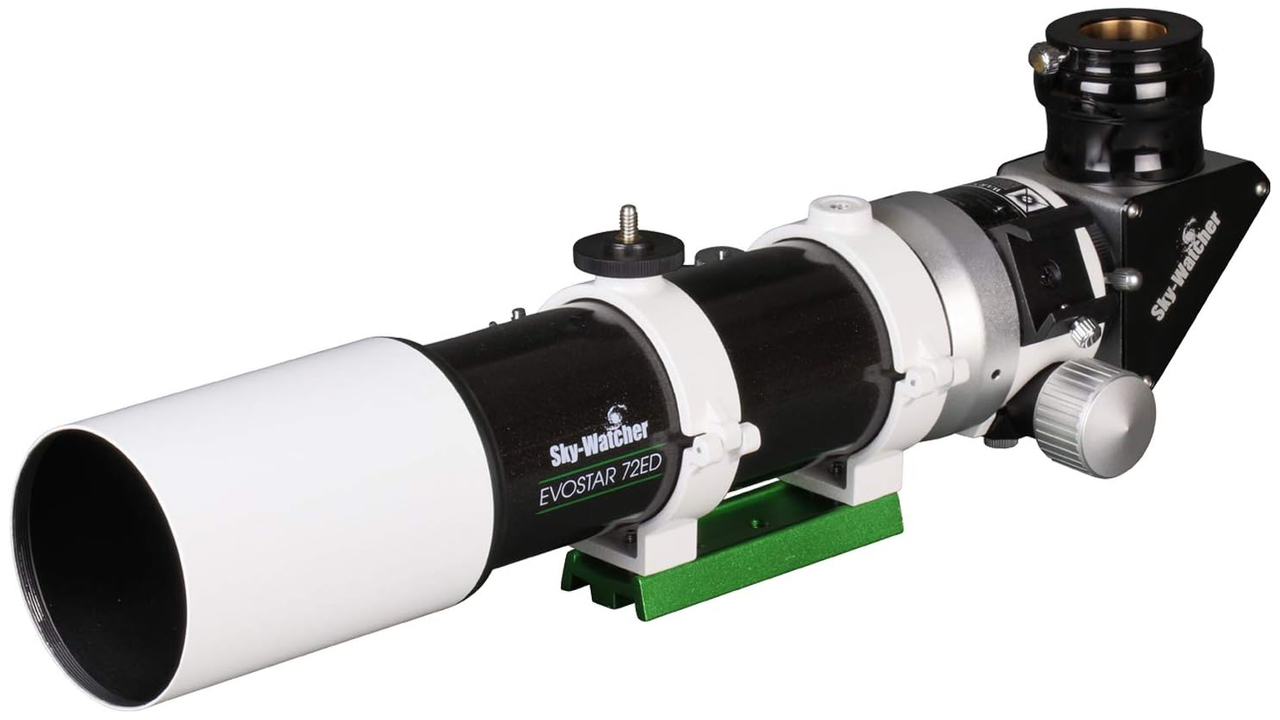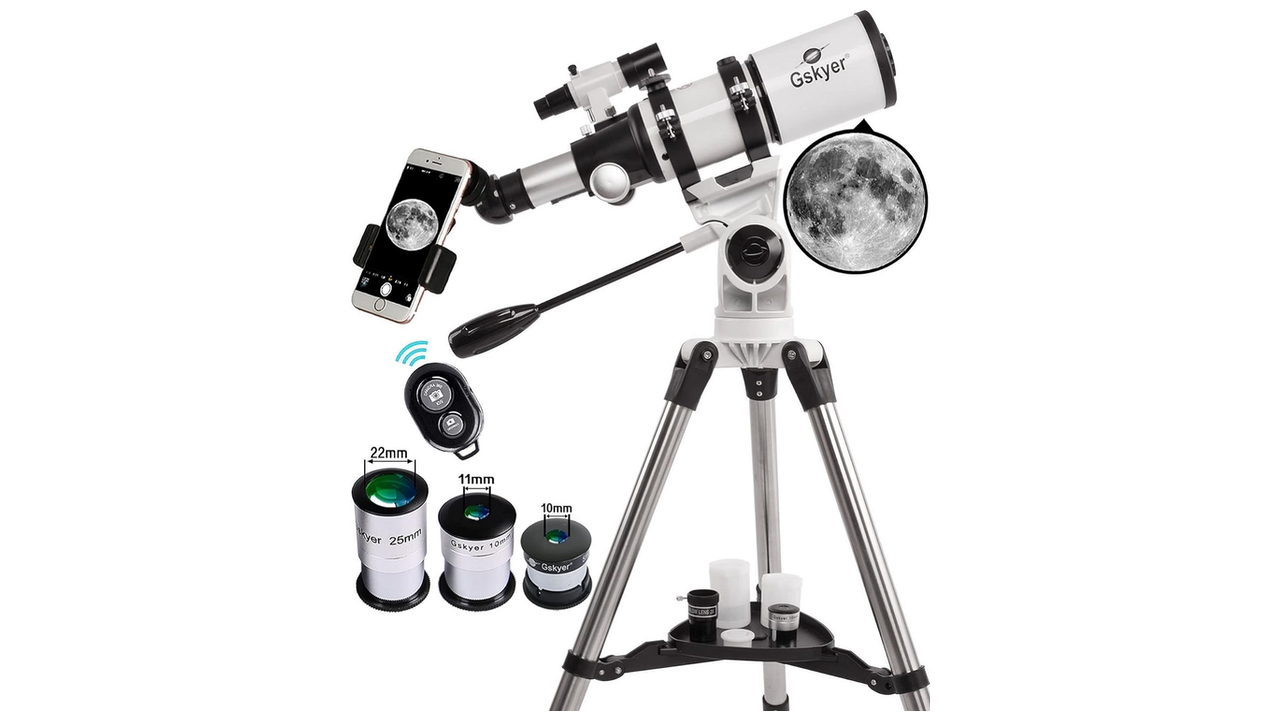4000A Jump Starter: Powerful Portable Car Starter with LCD & Flashlight
Meet the 4000A Jump Starter, BuTure VAC’s muscle-packed portable jump box that tackles anything from an 8.5 L gas engine to an 8.0 L diesel with ease. With its 21,800 mAh lithium-polymer heart and QDSP tech delivering a whopping 4000 amps, this jump starter is built to revive dead batteries in seconds, even in Arctic chills or scorching heat. Whether you’re a weekend adventurer or a daily commuter in Colorado’s mountain passes, the 4000A Jump Starter is your roadside lifeline and power bank rolled into one.
Pros:
Cons:
Amp Up Your Expectations
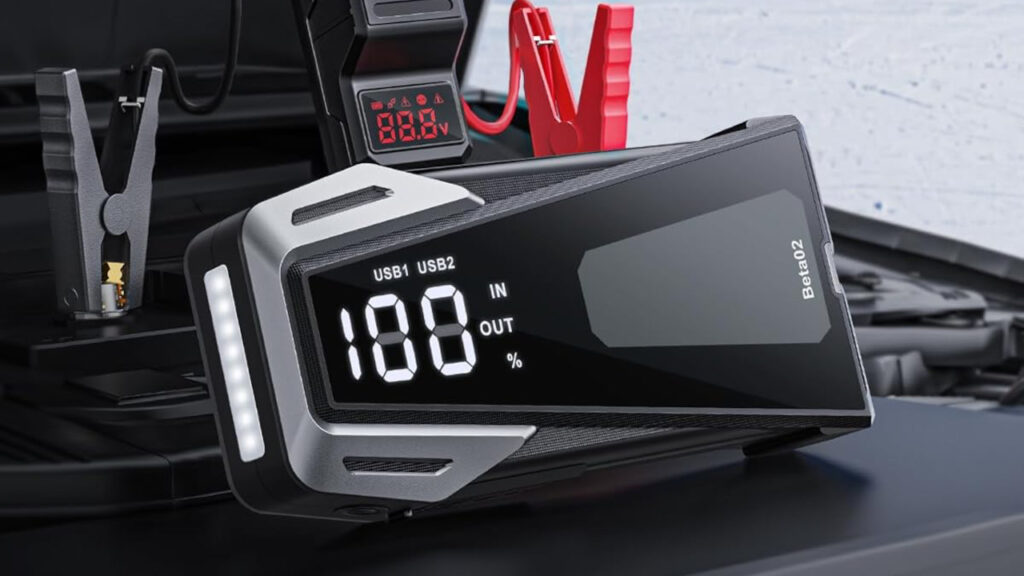
Image credit: BuTure VAC
BuTure VAC’s 4000A Jump Starter isn’t your grandpa’s jumper cables. At its core is a 21,800 mAh lithium-polymer cell bank running the latest QDSP (Quick-Dynamic-Start-Power) technology. That means 3–5× the current output of similarly sized rivals, delivering a peak 4000 amps capable of cranking 8.5 L gasoline and 8.0 L diesel engines, cold-weather starts at –20 °C included. Plus, it promises 1000+ recharge cycles before capacity drops off.
The integrated 5″ LCD display is a breath of fresh air in a market full of mystery boxes. It clearly shows battery percentage, voltage, and error codes, so you never second-guess whether it’s ready for action. The metal-textured frame and IP-rated rain/dust protection give it an industrial edge, while the slim profile keeps it pocket-friendly for most consoles.
German-designed jumper cables feature thick insulation and an independent mini-screen for real-time voltage monitoring. Beneath the hood, a suite of ten built-in protections (reverse polarity, over-current, over-voltage, short-circuit, etc.) ensures both you and your vehicle stay safe. Compared to undersized clip-on leads, these cables feel positively tank-like.
Finally, BuTure VAC has tuned the cell management for extreme low self-discharge: leave it idle for up to 24 months and it’ll still have juice when you need it most. That’s peace of mind you can’t get from a set of spare cables in the trunk.
Charge, Flash, Repeat

Image credit: BuTure VAC
Beyond jump-starting, this box moonlights as a robust power bank. It sports two USB-A quick-charge ports (5 V/2.4 A each) plus the USB-C input for refills, handy for topping off phones, tablets, or even running small 12 V accessories via the onboard “cig-lighter” socket. From 10 % to full, a deep-drain recharge clocks in under 30 minutes on a USB-C PD charger.
Night-owls and roadside fixers will appreciate the high-output LED lamp built into the end: three modes (constant, strobe, SOS) capable of 48 hours on a single charge. It’s the perfect camplight or emergency beacon when you’re fiddling under the hood in the dark or trying to flag down help on a lonely highway.
Portability was top of mind: the rugged zip-up case organizes everything, the starter unit, cables, USB cable, and manual, so no more rummaging around for stray parts. A discreet wrist strap doubles as a hang loop when you need hands-free illumination. At just 1 kg, it’s beefy but not unmanageable.
BuTure VAC also baked in temperature compensation algorithms: the unit will adjust its charge/discharge curves to protect cells in sub-zero or desert heat. That’s something you rarely see on budget models, and it underscores the company’s focus on longevity.
Performance in Action
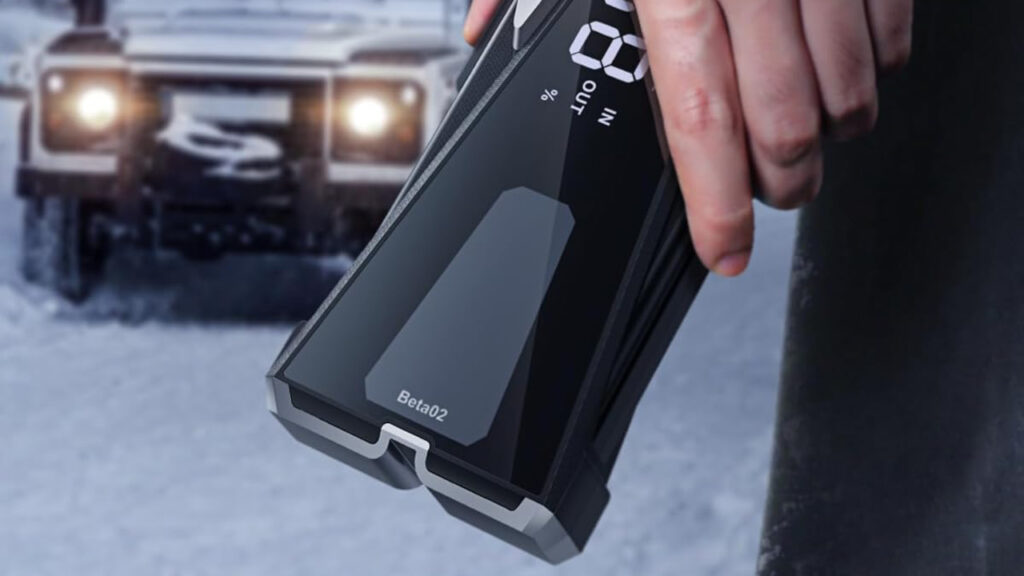
Image credit: BuTure VAC
In real-world terms, hitting the “Force” button and clamping on takes seconds; by the time you hop in, the engine’s already on the starter motor. Users report less than 12 % drop per jump at moderate temperatures, meaning you can often two- or three-pack smaller batteries before a recharge. Even in –7 °F upstate New York, it delivered immediate starts on SUVs and tractors alike.
Recharging after heavy use (down to 20 %) takes roughly 25–30 minutes on USB-C PD, and the LCD tracks that progress to the minute. Compare that to legacy lead-acid packs that drag for hours, and you see why the 4000A Jump Starter stands out in a crowded field.
The flashlight’s beam is wide and bright enough to illuminate the entire engine bay, and the SOS mode has a crisp, attention-grabbing pulse, something roadside emergencies demand. Meanwhile, the USB ports continue to charge small electronics even while the unit itself is at 5 % battery, thanks to prioritized output management.
Overall, torque delivery is rock-solid; there’s no “cough and sputter” lag that plagues cheaper jump boxes. Whether it’s a compact sedan, full-size pickup, tractor, or snowmobile, the 4000 A current reserve handles them all without breaking a sweat.
What Else You Need to Know
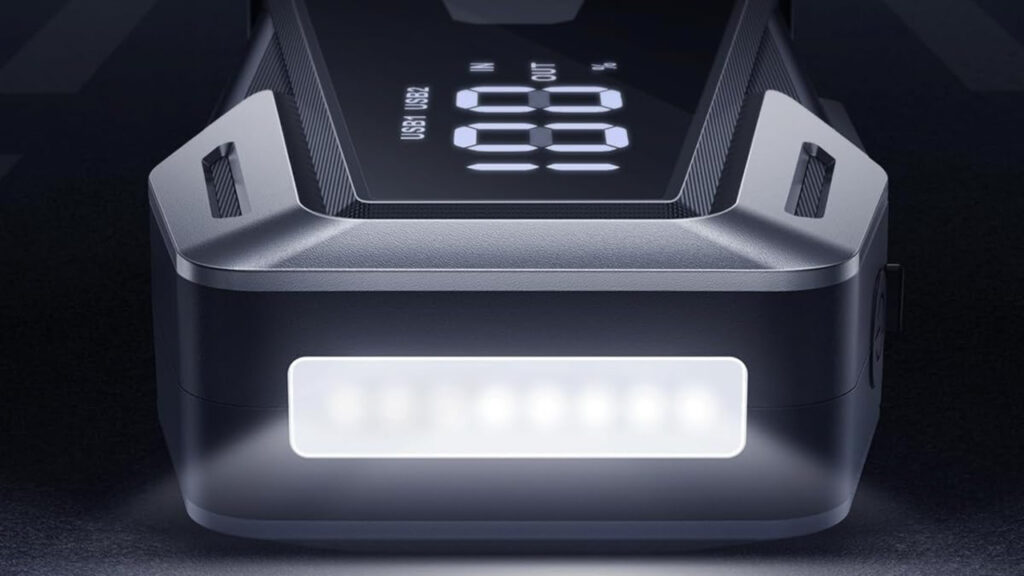
Image credit: BuTure VAC
BuTure VAC’s protective circuit board architecture isn’t just marketing fluff: it actively balances cell voltage under load and has auto-shutdown if clamps get crossed. In an era of DIY roadside rescues, that quietly sophisticated design could save your alternator or battery from collateral damage.
The jump box evolved from BuTure’s 3000 A predecessor by adding the LCD, boosting capacity by nearly 40 %, and switching to German-sourced cables, an if-you-build-it-better strategy that users will notice. The snap-fit case now has a zipper pocket for tiny bits (fuses, adaptors), addressing a common gripe about the older carry pouch.
While some rivals advertise ultra-lightweight designs, few back that up with real-world amperage for larger engines. This model strikes a smart trade-off: you carry about 1 kg, but you’re rewarded with genuine multi-vehicle capability and rapid recharges.
One minor gripe: the recessed “Force” button can be fiddly with gloves on. Grabbing a small key-ring tool or pen tip solves it, but an on-board nub would’ve been a slicker touch. Still, that’s a small quibble in an otherwise rock-steady package.
Conclusion: Should You Buy the 4000A Jump Starter?
If you’re the kind of driver who values self-reliance, and hates waiting on tow trucks, the 4000A Jump Starter is a no-brainer. Its blend of raw 4000 A starting power, rapid USB-C recharging, durable construction, and smart display far outpaces budget alternatives. Ideal for families, off-road adventurers, and anyone in cold-weather zones, it’s a solid investment in peace of mind. Just be prepared to carry about a kilogram of tech, because when your battery dies at midnight on a mountain pass, you’ll be glad you did.

